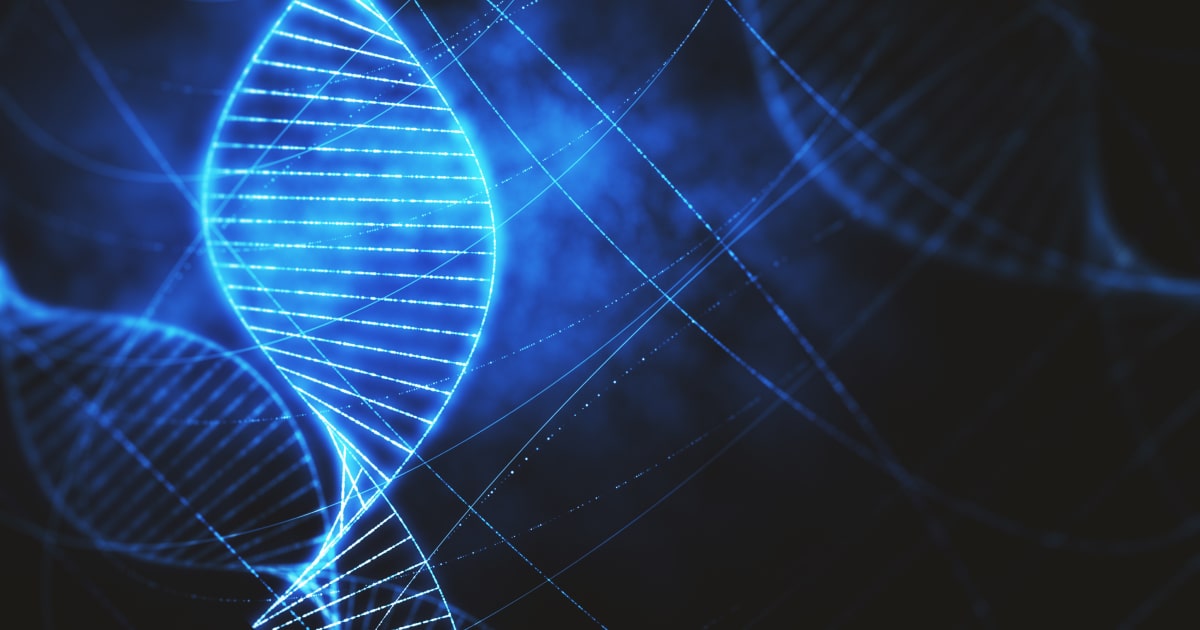
Expert Reviewed By: Dr. Brandon Colby MD
Understanding Cranioectodermal Dysplasia 3
Cranioectodermal dysplasia 3 (CED3) is a rare genetic disorder that presents a challenging array of symptoms. These include craniofacial abnormalities, skeletal dysplasia, and ectodermal defects affecting the skin, hair, and nails. Characterized by its complex nature, CED3 is part of a group of disorders known as ciliopathies, which are caused by defects in the cilia, the tiny hair-like structures on the surface of cells.
The Role of Genetic Testing in CED3
Genetic testing has become an invaluable tool in the diagnosis and management of numerous genetic disorders, including cranioectodermal dysplasia 3. By identifying specific genetic mutations, such as those in the DYNC2H1 gene, healthcare professionals can offer more accurate diagnoses, better understand the disease's progression, and provide targeted care strategies.
Early Detection and Diagnosis
One of the most significant benefits of genetic testing for CED3 is early detection. Identifying mutations in the DYNC2H1 gene can lead to a definitive diagnosis, often before symptoms fully manifest. This early diagnosis is crucial for implementing timely interventions and managing symptoms more effectively.
Prenatal Diagnosis
For families with a history of CED3, genetic testing offers the possibility of prenatal diagnosis. By analyzing fetal DNA, healthcare providers can determine whether the unborn child carries the genetic mutations associated with CED3. This information can be invaluable for expecting parents, allowing them to make informed decisions and prepare for the potential challenges ahead.
Genetic Counseling
Genetic testing provides essential information that can be used in genetic counseling. Families affected by CED3 can benefit from counseling sessions that explain the implications of test results, inheritance patterns, and the likelihood of passing the condition to future generations. This knowledge empowers families to make informed reproductive choices and seek appropriate support.
Personalized Treatment and Management
Understanding the specific genetic mutations involved in CED3 can lead to more personalized treatment plans. While there is currently no cure for CED3, knowing the genetic underpinnings can help healthcare providers tailor interventions to the individual's needs, potentially improving quality of life and mitigating some symptoms.
Research and Future Directions
Genetic testing not only aids in current patient care but also contributes to ongoing research. By identifying and cataloging genetic mutations associated with CED3, researchers can better understand the disease's mechanisms and work towards developing targeted therapies. This research holds promise for future advancements in treatment and possibly even prevention.
Conclusion
Cranioectodermal dysplasia 3 is a complex genetic disorder that presents significant challenges for affected individuals and their families. However, advances in genetic testing have opened new avenues for diagnosis, management, and research. By identifying specific mutations in the DYNC2H1 gene, healthcare providers can offer more precise care and support, ultimately improving outcomes for those with CED3. As research continues to evolve, there is hope for even more effective strategies to combat this challenging condition.
For further reading, refer to the study that identifies genetic mutations in the DYNC2H1 gene causing short-rib thoracic dysplasia 3 in four Chinese families, aiding prenatal diagnosis and genetic counseling: Study on Genetic Mutations in DYNC2H1.
About The Expert Reviewer
Dr. Brandon Colby MD is a US physician specializing in the personalized prevention of disease through the use of genomic technologies. He’s an expert in genetic testing, genetic analysis, and precision medicine. Dr. Colby is also the Founder of and the author of Outsmart Your Genes.
Dr. Colby holds an MD from the Mount Sinai School of Medicine, an MBA from Stanford University’s Graduate School of Business, and a degree in Genetics with Honors from the University of Michigan. He is an Affiliate Specialist of the American College of Medical Genetics and Genomics (ACMG), an Associate of the American College of Preventive Medicine (ACPM), and a member of the National Society of Genetic Counselors (NSGC)